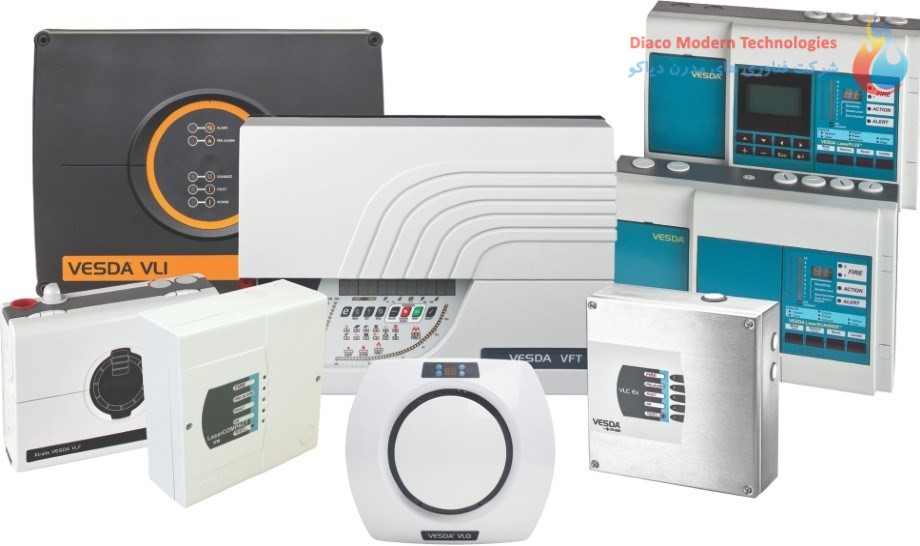Aspirating Smoke Detection
Aspirating Smoke Detection is based around a central detection unit which continually draws air through a network of small and unobtrusive pipes. Aspirating smoke detectors use discrete sampling pipes with multiple holes and a fan unit to draw air through the pipes from the protected area. As this happens the air is filtered, removing any contaminants or dust to avoid false alarms, before it is processed by the highly sensitive detection unit. As the air moves through the units sampling chamber, the detection unit uses a laser-based light source to measure the amount of light that is scattered (or reflected) by smoke particles in the chamber.
Aspirating smoke detectors are highly sensitive and can detect smoke even before it is visible to the human eye, providing a very early warning of a fire event and prompting investigation at the earliest smoldering stage of fire when it can be easily dealt with.
This type of fire detection is suitable for environments where highly sensitive rapid smoke detection is required. Sampling points are often very discrete and pipe networks can be easily hidden, this makes aspirating smoke detection suitable for environments where the aesthetics of a property are to be maintained. Aspirating smoke detection can also be used in dusty or dirty environments as long as the correct design, installation and maintenance processes are followed.
Aspirating smoke detectors provide excellent coverage and powerful performance to suit a variety of applications in the most demanding situations and are well suited to:
- Hotels, Apartments, Offices & Shops
- Correctional Facilities
- Cold Stores
- Data Centres
- Ducts
- Lifts & Escalators
- Historic Buildings & Museums
- Switchgear
- Transportation
- Underground Parking
- Unmanned Sites
- Utilities
- Warehouses
- Wind Turbines
